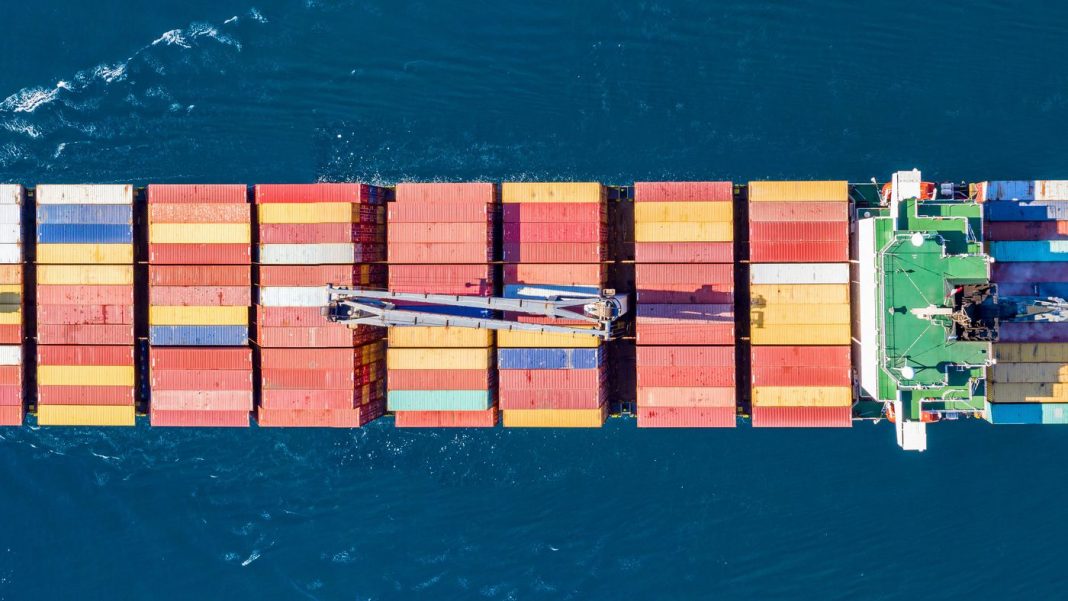Researchers at the Technical University of Denmark (DTU) have developed a new system that allows cargo ship engine parts to be 3D printed. The idea is to make these vessels more sustainable and less polluting, reducing their fuel consumption.
By printing individual engine parts, scientists hope to optimize the entire manufacturing process in the future. One of these printed components is the injection nozzle, which is responsible for the amount of fuel injected into the system during the machinery’s operating process.
“We created an analysis model to provide an overview of how 3D printing can add value to the final product. This also applies to the individual engine parts, which must be continuously optimized to meet future requirements for lower consumption and greener”, explains mechanical engineer Thomas Dahmen, lead author of the study.
Want to stay on top of the best tech news of the day? Access and subscribe to our new youtube channel, Kenyannews News. Every day a summary of the main news from the tech world for you!
3D printing
The improvement of the injection nozzles was based on the principle that the fuel flow could be optimized with a slightly different design. Engineers found that parts with a curved nozzle made the engine burn more efficiently.
Initial tests showed that the 3D-printed injection nozzle could help reduce emissions produced by the Oxidation Number (NOx) — a positively or negatively charged element that indicates whether an atom is deficient or has a higher number of electrons when establishing a chemical bond. with another atom.
“By applying the model and combining it with the technical insight of 3D printing and fuel injection methods, we have created a modular kit of how 3D printed nozzles can be designed to increase engine performance and product life. ”, adds Dahmen.
more parts
In the future, researchers hope to be able to build 3D-printed metal components that go beyond fuel injection nozzles. The objective is to manufacture lighter and more efficient whole engines, which can be adapted to conventional cargo ships already in operation.
To advance this step, the team began testing different 3D printing techniques in combination with other materials used to manufacture the parts. With this, scientists want to compare the pros and cons to ensure that the print engines are reliable in the long run.
“With this analysis, we can verify which technique best suits the complex processes of manufacturing nozzles and other parts. This guarantees the precise choice of materials to be used at high temperatures, which would be impossible to do in other production systems”, concludes Thomas Dahmen
